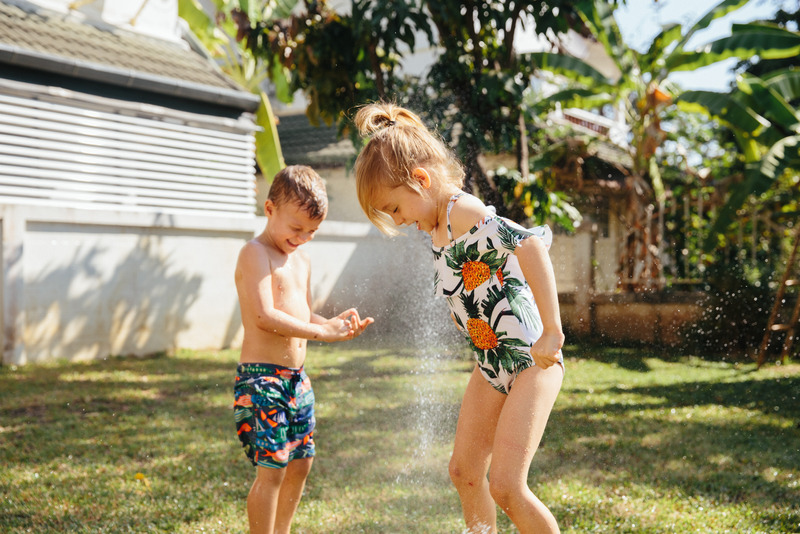Providing outdoor activities for children is necessary when trying to educate them about their world, keep them busy, and bring a whole lot of fun into your day.
Outdoor activities help develop young minds by providing children with insight into the world around them. These activities are also helpful because they teach children to play outside and exercise their bodies as well as their minds.
Schoolyard Activities
Schools are becoming more and more in-tune when it comes to getting children outside. Many schools are now initiating schoolyard habitats, where students are able to plant native species and learn how pollinators contribute to plant growth.
In building a schoolyard habitat, students spend part of their day outside learning about plants and animals and about their environment. This simple process could teach students that the Earth is also a living creature. It can also bring out budding environmentalists.
Since students and children are the future, it is important to ingrain this knowledge early. And, when the habitat is done, the school has a permanent natural destination for students to work in year after year.
How to Build a Schoolyard Habitat
- First determine an age group to work on the outdoor wetland, and partner with your child’s school to get this going.
- Gain local support from greenhouses and local growers, who can donate time and plants.
- Get the kids involved early by having them each raise a plant indoors until it is large enough to be planted.
- Start planting. Designate your habitat area and draw a map of where each plant will go.
- Have students keep a journal of the experience and keep them involved by returning regularly to the habitat to see new plants and species that have arrived.
Spring-time Scavenger Hunt
In your own backyard, you can have a springtime scavenger hunt!
Kids are more interested in learning when they can be directly involved in a project. The same goes for environmental and science educations. Create a scavenger hunt for the your child, asking them to find specific plants, birds or insects. They can then draw the species or answer questions about what they observed outside.
Local parks or nature preserves often have events aimed at young children. Take them over to the park and talk to them about what they see there. Each outing can be an educational opportunity.
Be Involved
If you as parents or caregivers have a passion for biking, kayaking or fishing, it is beneficial to get the kids involved too.
Take your child and a group of his/her friends on a fishing trip. Explain the different type of fish, the area in which they live, and how to properly fish without harming the environment.
Activities such as this get kids outdoors, allow them to spend quality time with parents who may be busy most of the time, and teach them about an activity they can continue for the rest of their lives.

